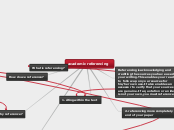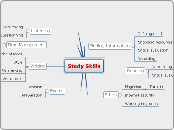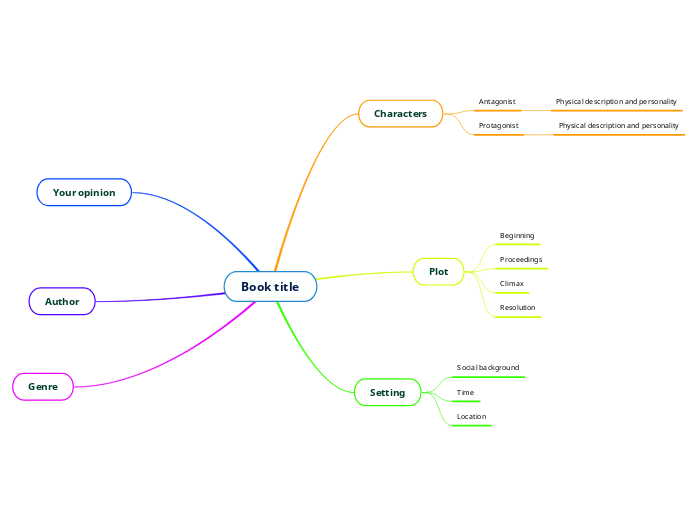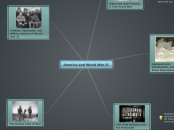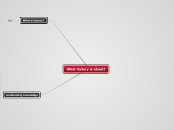作者:Michael O'Connor 7 年以前
320
academic referencing
Proper referencing in academic writing is crucial for crediting sources, allowing readers to verify information, and avoiding plagiarism. When including a quotation, it is necessary to provide the author'
